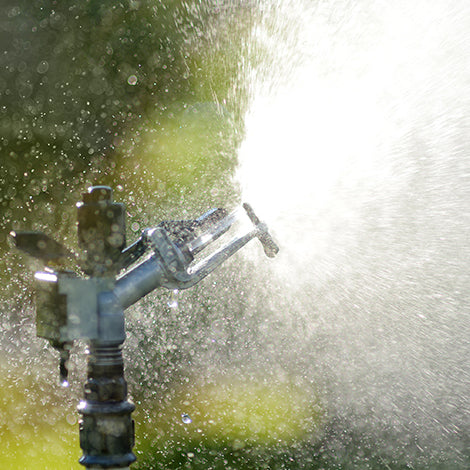Frozen Garden Equipment Recovery: Preventive Measures and Post-Thaw Actions
Frozen Garden Equipment Recovery: Preventive Measures and Post-Thaw Actions

Winter can take a toll on your garden equipment, leading to frozen and damaged tools and systems. This guide will help you understand how to prevent your garden equipment from freezing and what steps to take if they do. With proper preventive measures and effective post-thaw actions, you can ensure your garden equipment remains in good working condition throughout the winter.
Understanding the Risks of Freezing Temperatures
Why Garden Equipment Freezes
Garden equipment is vulnerable to freezing temperatures due to the water content in hoses, irrigation systems, and other tools. When water freezes, it expands, causing cracks, leaks, and other damages that can be costly to repair.
Identifying High-Risk Equipment
Focus on equipment that is most susceptible to freezing, such as hoses, outdoor faucets, irrigation systems, and any tools that may retain water. Knowing which items are at risk will help you take appropriate preventive measures.
Preventive Measures to Avoid Freezing
Draining and Storing Hoses
Before the first frost, disconnect garden hoses from outdoor faucets, drain them thoroughly, and store them in a frost-free area. This simple step can prevent hoses from cracking and becoming unusable.
Insulating Outdoor Faucets and Pipes
Use faucet covers or wrap outdoor faucets and exposed pipes with insulating materials to protect them from freezing temperatures. This insulation will help keep the water inside from freezing and expanding.
Winterizing Irrigation Systems
To protect your irrigation system, drain all water and use compressed air to blow out any remaining moisture. This ensures that no water is left to freeze and damage the system. Additionally, inspect and repair any leaks or weak spots before winter sets in.

Post-Thaw Actions for Frozen Equipment
Thawing Frozen Hoses and Faucets
If you discover that your hoses or faucets are frozen, take immediate action to thaw them. Use warm (not hot) water to gently thaw the ice, starting from the faucet and working your way down the hose. Be cautious not to use excessive force, as frozen materials can be brittle and prone to cracking.
Repairing Damage
After thawing, inspect your equipment for any signs of damage. Look for cracks, leaks, or weakened areas. Repair or replace damaged parts as necessary to ensure your equipment is safe and functional.
Maintaining Garden Tools
Cleaning and Storing Tools
Properly clean and dry all garden tools before storing them for the winter. Store them in a dry, frost-free location to prevent rust and damage. For larger equipment like lawnmowers, drain fuel tanks and store them with protective covers.
Regular Inspections
Conduct regular inspections of your stored equipment throughout the winter. Check for any signs of rust, wear, or damage and address issues promptly. Keeping an eye on your tools will ensure they remain in good condition.
Creating a Winter Maintenance Routine
Scheduling Regular Maintenance
Set a schedule for regular maintenance tasks, such as inspecting and cleaning equipment. Consistent care will help prevent freezing and prolong the life of your tools.
Adapting to Weather Conditions
Stay informed about weather forecasts and be prepared to take additional preventive measures if extreme cold is expected. Flexibility and vigilance are key to protecting your garden equipment during winter.
Conclusion: Ensuring Longevity and Performance
By following these preventive measures and post-thaw actions, you can protect your garden equipment from the damaging effects of freezing temperatures. Proper preparation and regular maintenance will ensure that your tools remain functional and ready for use when spring arrives.
By taking proactive steps to care for your garden equipment, you can enjoy a well-maintained and efficient garden all year round. Happy gardening!





